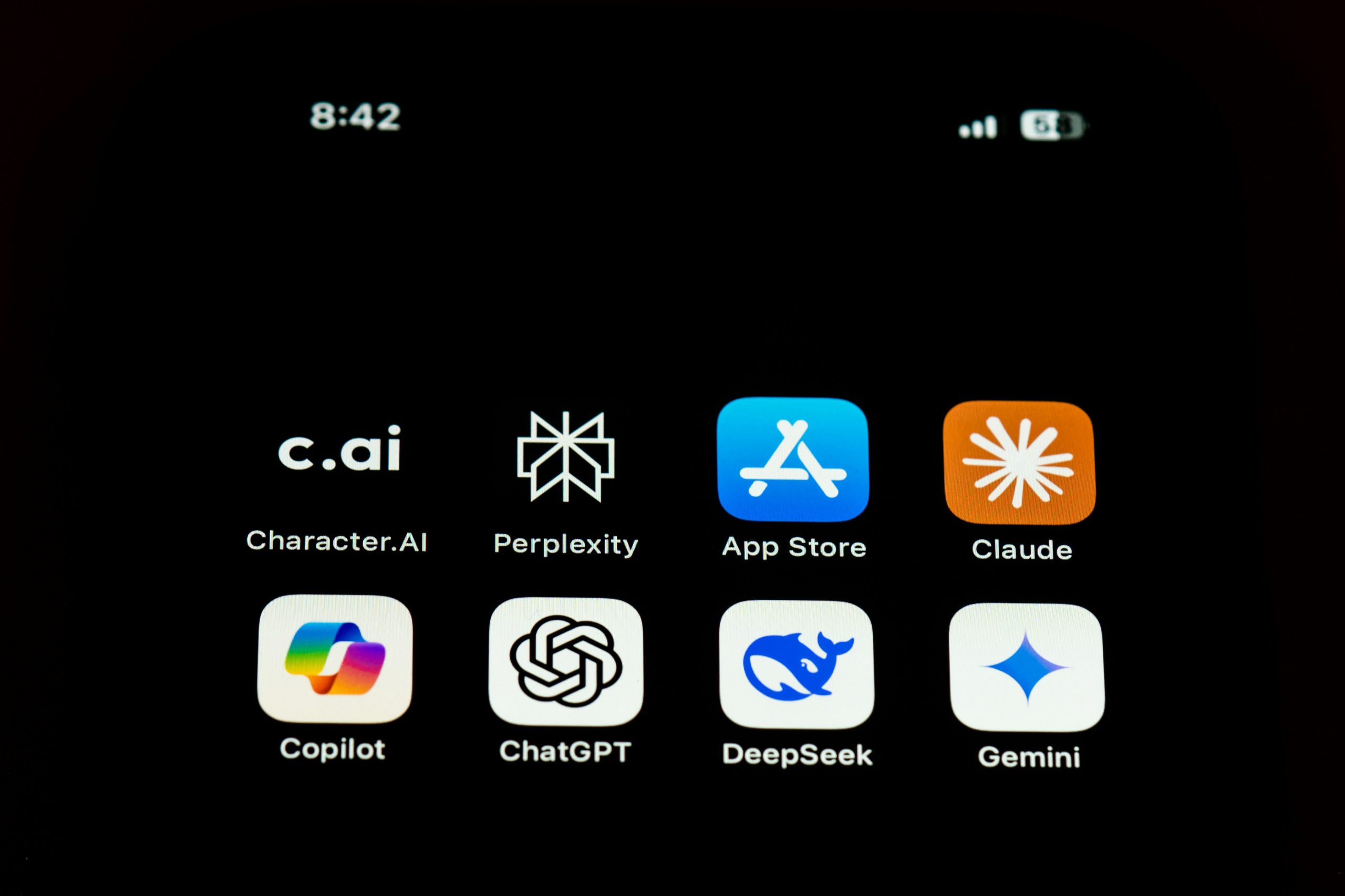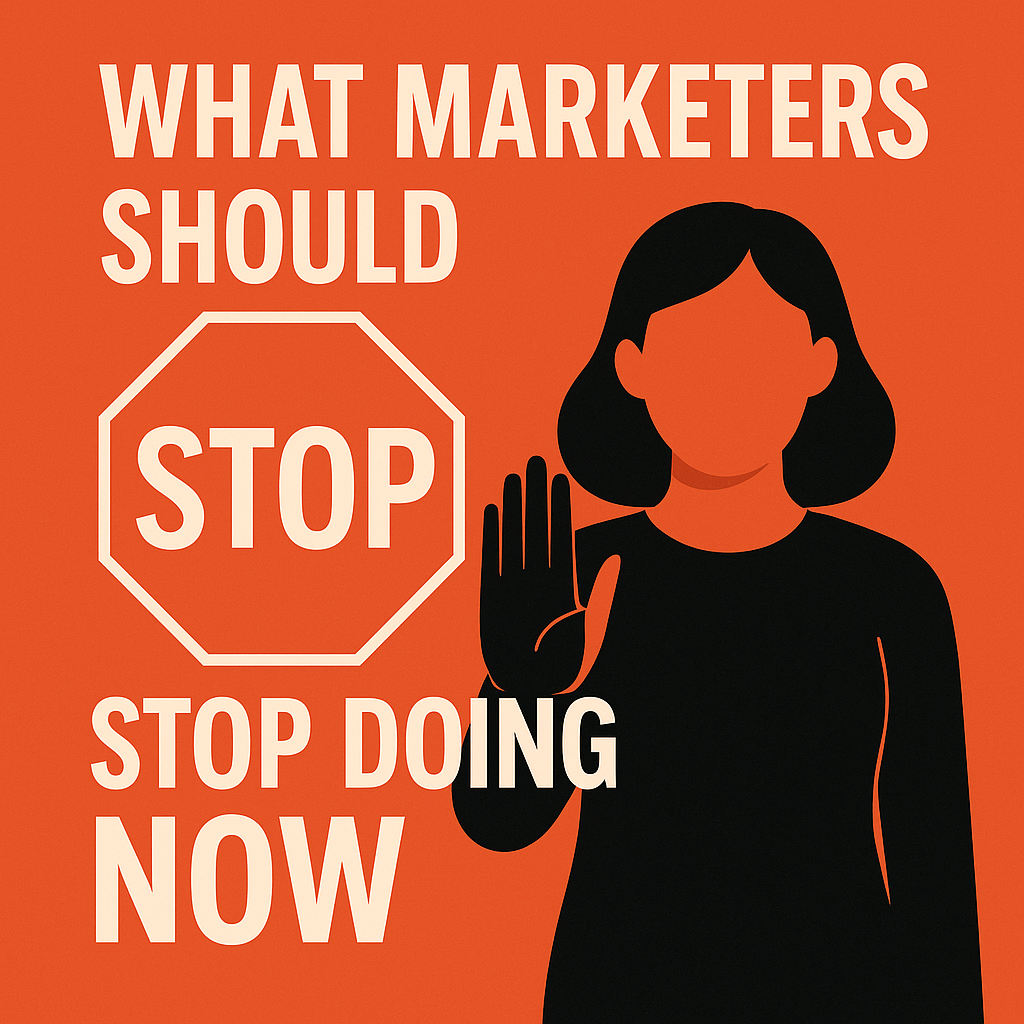Marketing That Connects and Converts written by John Jantsch read more at Duct Tape Marketing
Listen to the full episode: Overview In this episode of the Duct Tape Marketing Podcast, John Jantsch interviews Talia Wolf, internationally recognized conversion optimization expert, keynote speaker, and founder of GetUplift. Talia shares insights from her new book, “Emotional Targeting: When Hearts Boost Sales, Own the Market,” and explains how brands can dramatically improve […]
The Long-Haul Leader with Chris Ducker written by John Jantsch read more at Duct Tape Marketing
Listen to the full episode:
![]() Overview
Overview
In this episode of the Duct Tape Marketing Podcast, John Jantsch interviews Chris Ducker, serial entrepreneur, bestselling author, and founder of Youpreneur. Chris shares lessons from his new book, “The Long-Haul Leader: How to Lead and Win in the Long Game of Business,” and explains why sustainable success requires patience, consistency, self-care, and transparency. The conversation covers the power of personal “operating systems,” the value of creative hobbies, the importance of prioritizing recovery, and how vulnerability and leading out loud foster loyalty and real connection in business and life.
About the Guest
Chris Ducker is a serial entrepreneur, bestselling author, and founder of Youpreneur, a global personal brand business education company. Recognized for his candid, actionable advice on entrepreneurship and personal brand leadership, Chris has helped countless business owners scale and lead for the long haul. His books, “Rise of the Youpreneur” and “The Long-Haul Leader,” offer roadmaps for building sustainable businesses—and lives—rooted in clarity, community, and authenticity.
Actionable Insights
- Short-term wins are loud, but true impact “whispers until it starts roaring”—sustainable success is built on patience, consistency, and showing up for the long haul.
- “Hustle” is a season, not a lifestyle. Lasting growth comes from intentional focus, recovery, and doing unflashy work behind the scenes.
- The Long-Haul Leader framework is built on four pillars: personal mastery, hobbies/pastimes, love/relationships, and impactful work—with balance and alignment at the core.
- Creative hobbies and prioritizing recovery boost productivity and satisfaction—entrepreneurs with hobbies are more successful at work.
- Measuring progress in these areas means tracking not just KPIs, but also personal growth, creative time, and meaningful relationships.
- Transparency and “leading out loud” build trust—sharing both wins and struggles creates stronger teams and connections.
- Reinvention is essential. Burnout and setbacks are part of the journey; prioritizing health, joy, and the right people is key to bouncing back.
Great Moments (with Timestamps)
- 01:22 – The Dangers of Short-Termism and the Power of the Long Game
Chris explains how patience and consistency outlast hustle culture for real business impact.
- 05:02 – Focus Over Followers
Why clarity, intention, and saying “no” matter more than chasing every shiny object or platform.
- 07:28 – The Operating System for Long-Haul Leadership
Chris introduces his four-part framework: personal mastery, hobbies, relationships, and impactful work.
- 11:39 – Hobbies and Recovery Aren’t Optional
Research (and Chris’s own experience) show creative hobbies and recovery time dramatically improve performance.
- 16:38 – The Power of Analog and Using Your Hands
How woodworking, painting, and hands-on hobbies can boost mental clarity and satisfaction.
- 17:06 – Burnout and Reinvention
Chris shares his own story of hitting rock bottom, recovering, and reshaping his business and life.
- 20:07 – Leading Out Loud: The Value of Vulnerability
Why openness, transparency, and sharing the journey matter for modern leadership.
- 22:36 – Writing the Book as Memoir, Roadmap, and Call to Action
Chris describes how personal stories and practical frameworks combine to help others lead for the long haul.
Pulled Quotes
“Short-term wins are loud. Long-term impact whispers—until it starts roaring.”
— Chris Ducker
“Hustle is a season, not a lifestyle. Prioritizing recovery and the right people is the secret to lasting success.”
— Chris Ducker









